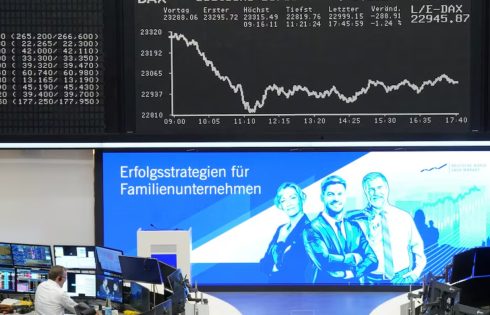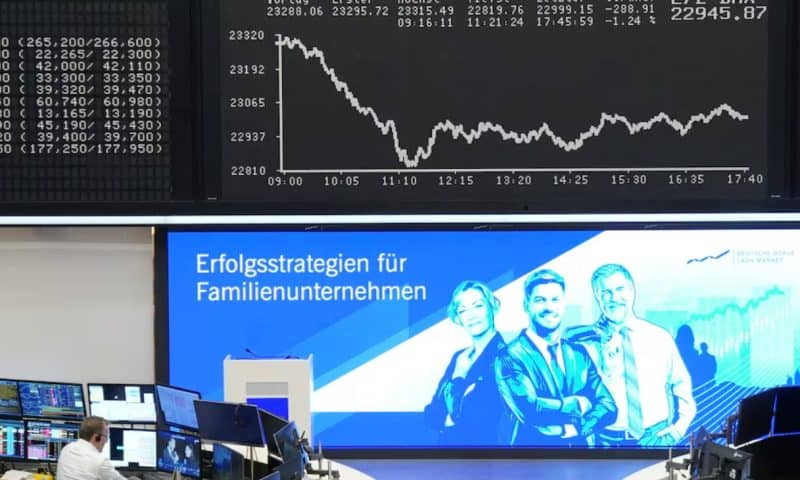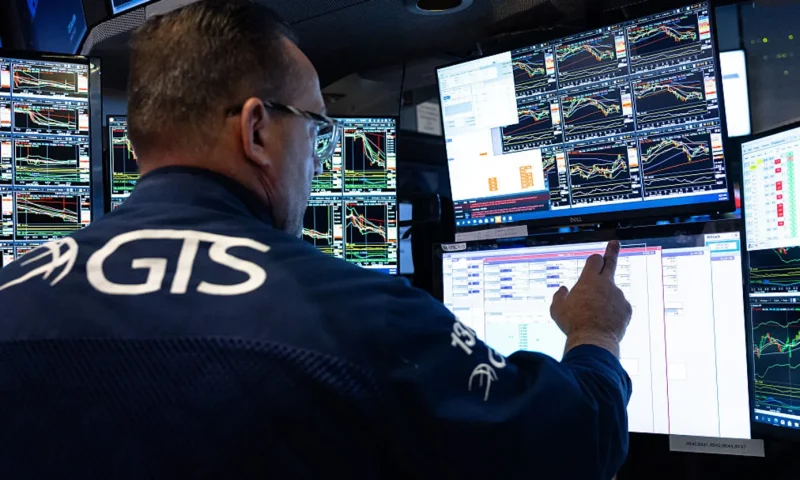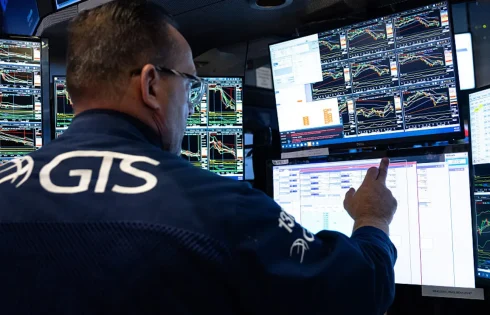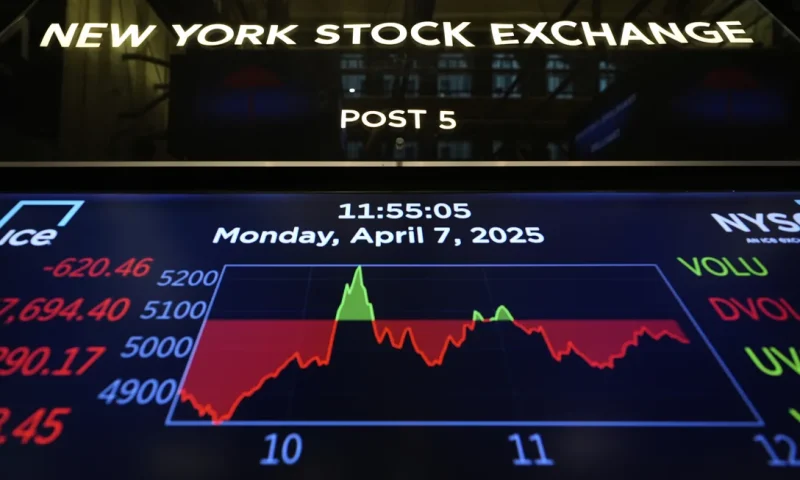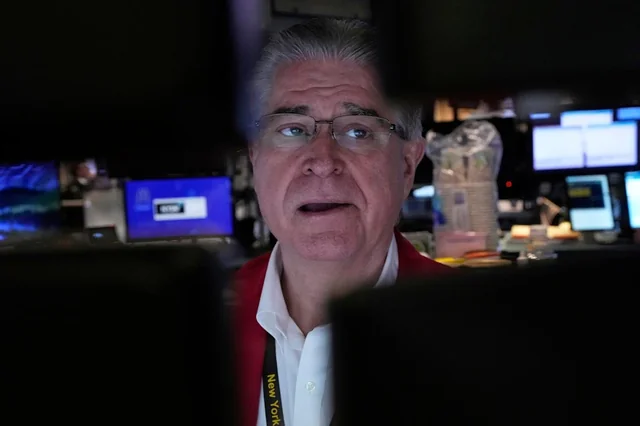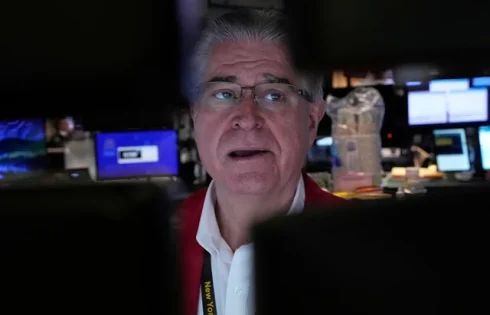
For an overwhelming majority of retired workers, Social Security is more than just a monthly check. It represents a financial lifeline that they’d struggle to make do without.
Since 2002, national pollster Gallup has surveyed retirees annually to determine how reliant they are on the Social Security income they receive. During this 23-year period, 80% to 90% of retirees have responded that Social Security represents a “major” or “minor” source of income. Long story short, it’s a payout that provides a financial foundation for retired workers.
Taking into account how critical Social Security checks are for our nation’s aging workforce, no announcement has more gravity to the program’s 52 million retired workers than the annual cost-of-living adjustment (COLA) reveal. While early estimates point to the 2026 COLA climbing, there’s an unpleasant catch that comes with this forecast.
Why is Social Security’s COLA so important for retirees?
Social Security’s COLA is the tool the Social Security Administration (SSA) uses to fight back against a loss of buying power for beneficiaries.
For example, if a large basket of commonly purchased goods and services increases in price by 2.5% from one year to the next, Social Security benefits would also need to climb by 2.5% to ensure that retirees can still purchase the same amount of these goods and services. Social Security’s COLA is the mechanism responsible for attempting to match payouts with the effects of inflation (rising prices).
For the first 35 years that the SSA oversaw payouts, there was no rhyme or reason to COLAs. No adjustments were made during the entirety of the 1940s, which led to Congress passing the largest-ever cost-of-living adjustment of 77% in 1950. Only 11 COLAs were administered from 1940 through 1974, and they were all arbitrarily assigned by special sessions of Congress.
Beginning in 1975, the Consumer Price Index for Wage Earners and Clerical Workers (CPI-W) became the inflationary index used to calculate COLAs on an annual basis. The CPI-W sports more than 200 different spending categories, all of which have their own respective percentage weightings. These weightings are the key to whittling down the CPI-W to a single figure at the end of each month.
However, only CPI-W readings from July through September (i.e., the third quarter) factor into the COLA calculation. If the average CPI-W reading from the third quarter of the current year is higher than the comparable period of the prior year, inflation has occurred and beneficiaries will receive a raise.
When the prevailing rate of inflation shot higher four years ago, so did Social Security’s COLAs. U.S. Inflation Rate data by YCharts.
Social Security’s 2026 cost-of-living adjustment forecast is climbing
Cost-of-living adjustments have been something of a mixed bag for retirees over the last 16 years. The 2010s were a period of anemic raises, with deflation (falling prices) resulting in no COLA being passed along in 2010, 2011 and 2016 and the smallest positive COLA in history (0.3%) being registered in 2017.
This was followed by a big uptick in annual raises this decade. A historic 26% year-over-year increase in U.S. money supply, courtesy of fiscal stimulus during the height of the COVID-19 pandemic, sent the prevailing rate of inflation soaring to a peak of 9.1%. The result was a 5.9% COLA in 2022, a 41-year-high 8.7% COLA in 2023, a 3.2% COLA in 2024, and a 2.5% COLA this year. For context, the average annual cost-of-living adjustment since 2010 is 2.3%.
Social Security’s 52 million retired workers are hoping for an encore that will lead to a fifth-consecutive year with an above-average raise — and they just might get it.
Following the release of the January inflation report by the U.S. Bureau of Labor Statistics (BLS), nonpartisan senior advocacy group The Senior Citizens League (TSCL) updated its outlook for Social Security’s 2026 COLA. After forecasting a 2.1% increase following the December inflation report, TSCL’s policy advisors are now looking for a 2.3% boost next year.
In January, the average retired-worker benefit check totaled $1,978.77. This means TSCL’s updated COLA forecast implies a monthly increase of $45.51 in retired-worker benefits for 2026. It would also firmly lift the average payout to retired workers above the psychological $2,000-per-month mark.
Although we’re still four months away from the first month that actually counts toward the COLA calculation, TSCL’s rising forecast bodes well, at least nominally, for retirees’ pockets.
Not so fast! Social Security’s climbing COLA forecast comes with a catch
According to the January inflation report from the BLS, the Consumer Price Index for All Urban Consumers (CPI-U), a similar inflationary measure to the CPI-W, rose by 3% over a 12-month stretch. This 3% year-over-year increase marks the fastest rate of inflation since August 2023 and explains why TSCL updated its 2026 COLA forecast.
But this headline figure only tells part of the story — and that’s the problem.
Retirees and working-age Americans spend their money differently. Whereas people in their 20s are likelier to spend a higher percentage of their monthly budget on things like apparel and education, seniors spend more than the typical working-age American on shelter expenses and medical care service costs.
In the January inflation report, the trailing-12-month inflation rate for shelter and medical care services (per the CPI-U) clocked in at 4.4% and 2.7%, respectively. Although shelter inflation has come down a bit in recent months, a significant uptick in mortgage rates has brought existing home sales to a crawl and afforded landlords exceptional rental pricing power. In other words, there’s not much of a catalyst to weigh down shelter inflation much beyond where it is now.
The issue for retired-worker beneficiaries is that their most important expenses are continually rising at a faster pace than the Social Security COLA they’re receiving. Even with TSCL forecasting a 2.3% COLA for 2026, shelter expenses are climbing at nearly twice this rate. If the 2026 COLA fails to surpass the prevailing inflation rate for shelter and medical care services, there’s a very high probability of retirees losing buying power.
Truth be told, Social Security income has been losing purchasing power for more than a decade. A TSCL analysis released in July 2024 estimates a 20% loss of buying power for seniors since 2010.
Unless the 2026 COLA forecast notably increases and the prevailing inflation rate for shelter/medical care services declines, retirees will be facing another year in which the purchasing power of a Social Security dollar withers.
